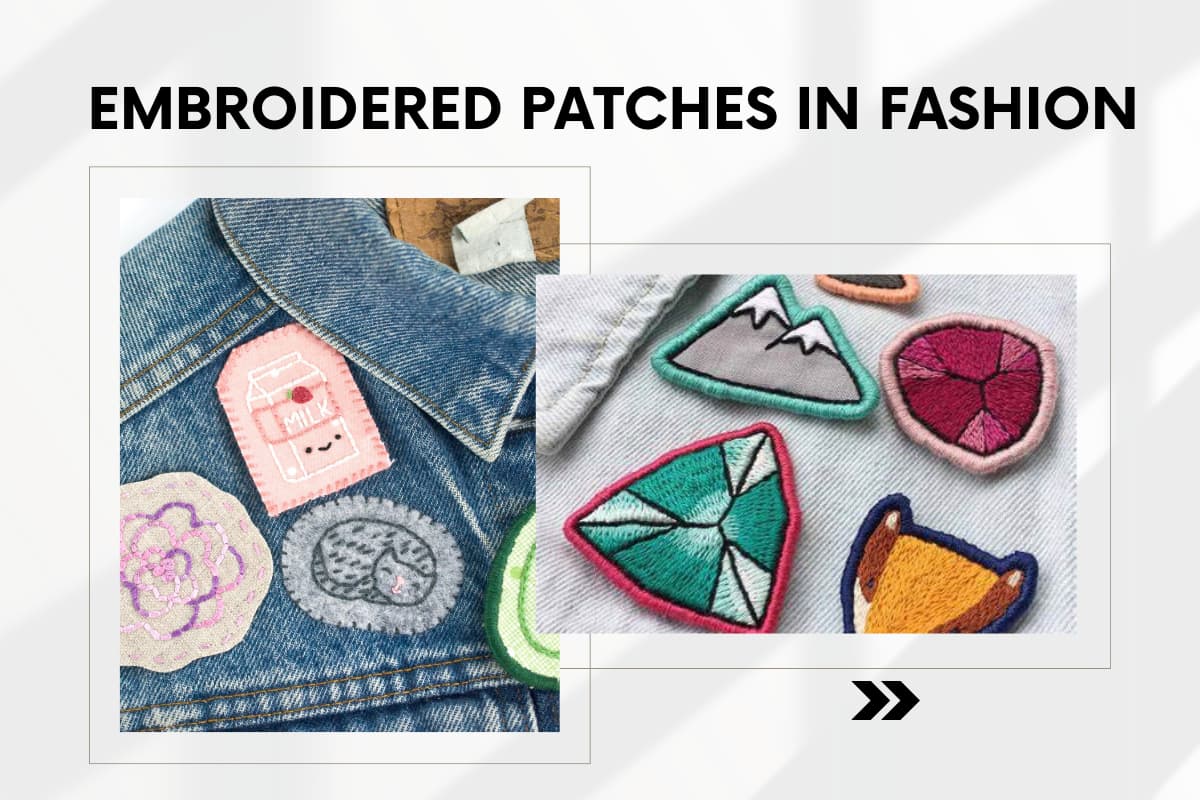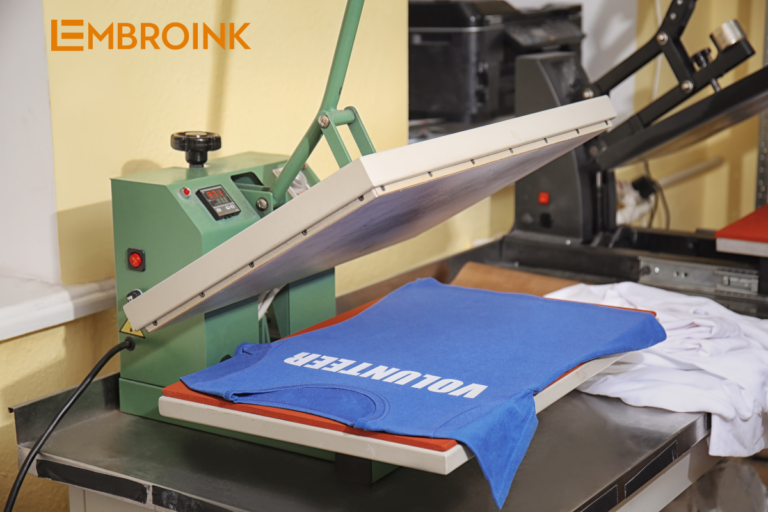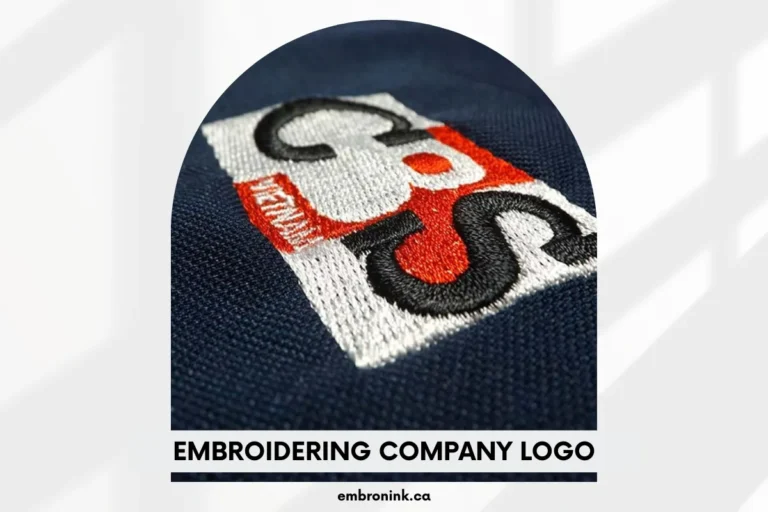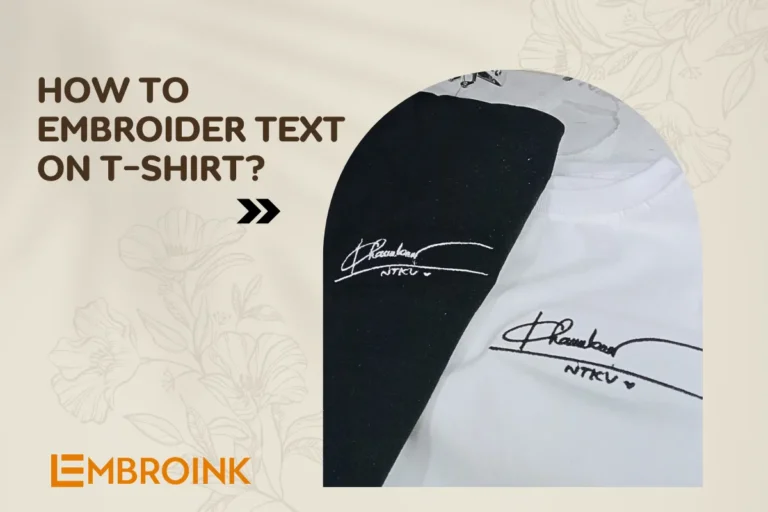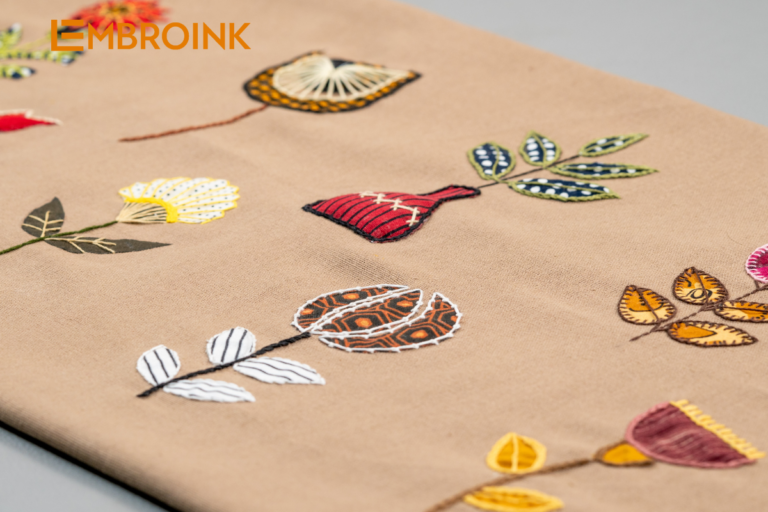The Evolution of embroidered patches in fashion
Embroidered patches have come a long way, evolving significantly over time. Historically, these patches were used to signify military rank, profession, achievements, or membership in specific groups, serving primarily as insignias. As the years passed, they transformed into iconic elements of contemporary fashion, representing style, rebellion, and individuality.
Today, leading designer brands have embraced embroidered patches, setting trends that dominate the fashion industry. The best part is that what was once a costly craft reserved for a select few is now accessible to everyone through affordable custom embroidered patches. Whether you’re looking to create your own custom patches for fashion or simply want to understand their history, exploring their origins will deepen your appreciation for this art form. There’s much to discover, so keep reading with EmbroInk!
What Are Embroidered Patches?
Embroidered patches are small, intricate pieces of art created by stitching a design onto a fabric backing using thread. Traditionally known as badges, these patches were once sewn directly onto clothing. Before the Great Industrial Revolution, all embroidered patches were meticulously hand-sewn, a process that required significant time and skill. Today, the craft has advanced into a more efficient, computerized embroidery process, allowing for greater precision and speed.
These patches typically use various colored threads to create detailed designs that can depict logos, convey themes or messages, signify rank, or simply enhance the aesthetics of clothing. While many embroidered patches are sewn directly onto fabric, there are also other methods of attachment, such as pins, Velcro backings, or heat-activated adhesives, which allow for easier application and removal.
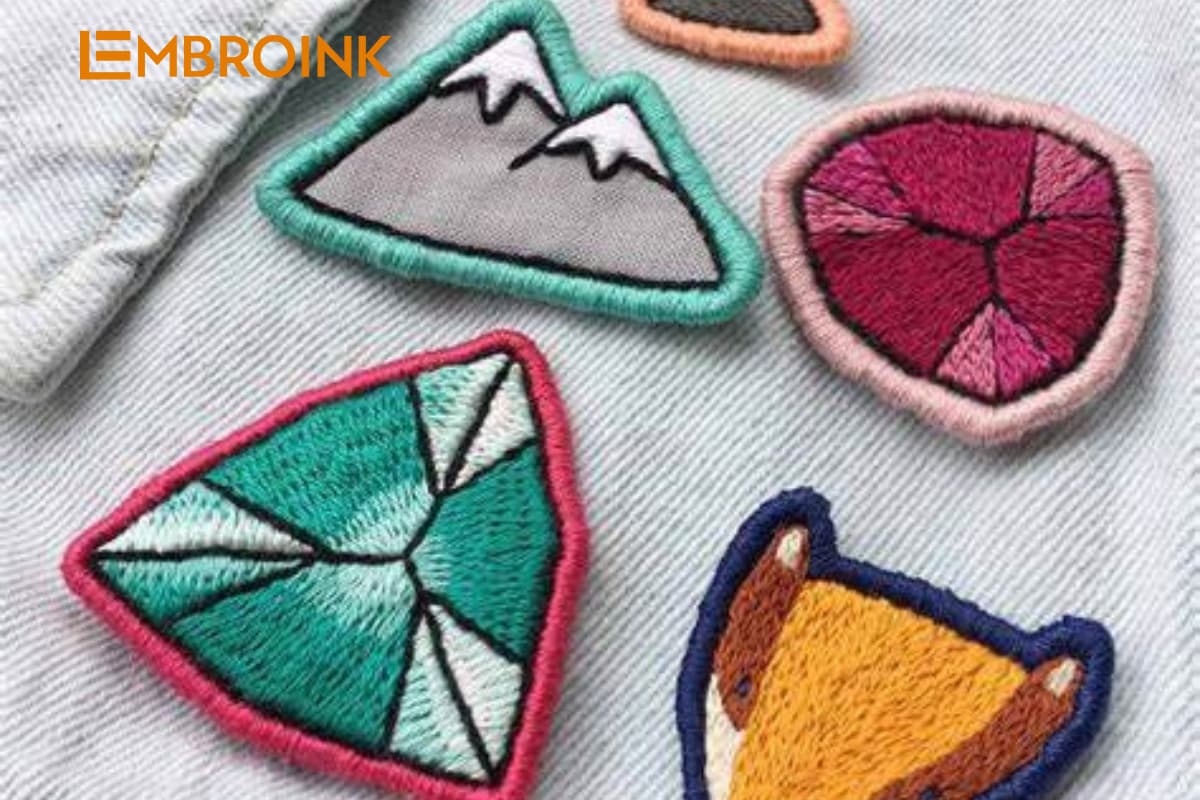
Understanding the History of Embroidered Patches: From Military Use to Fashion Statements
Embroidered patches have played diverse roles throughout history, showcasing their evolution across different eras and cultures.
Ancient Origins and Early Development
The origins of embroidered patches can be traced back to China between the 5th and 3rd centuries BC. Initially, the Chinese used hand-sewn fabric patches to mend torn clothing. Over time, this practical use evolved into creating decorative patches that adorned garments with specific symbols, signifying status or enhancing the overall appearance. This intricate process required considerable skill, and only the most accomplished artisans could produce high-quality, valuable patches.
Early Military Use
The military soon recognized the value of embroidered patches, with their use dating back several centuries in ancient civilizations such as the Chinese, Greeks, and Romans. Soldiers used these patches to display their unit, division, and rank, with each patch uniquely crafted to represent the individual soldier’s identity.
By the 1800s, the British Army began incorporating embroidered patches, though their use was initially limited to higher-ranking officers. Before this, military uniforms typically featured tassels, ornaments, or specific types of hats to denote rank. During this period, patches were more decorative than functional.
Similarly, the Spanish Army adopted embroidered patches in the 19th century, particularly after the Napoleonic Wars. These patches were used to signify rank and unit affiliation, reflecting Spain’s evolving military traditions during conflicts such as the Carlist Wars.
Expansion in the United States
In the United States, military patches became more widespread during the Civil War, with both Union and Confederate soldiers wearing patches sewn by loved ones to signify allegiance. However, it wasn’t until World War I that the U.S. Army formally adopted shoulder sleeve insignia or tactical patches to identify special divisions.
During World War II, the U.S. military commissioned the mass production of patches, which served as morale boosters and symbols of a soldier’s unit, division, and qualifications, such as being a medic or tank operator. The use of embroidered patches in the military gained significant popularity and became more widespread during World War I and II, marking a pivotal moment in their history.
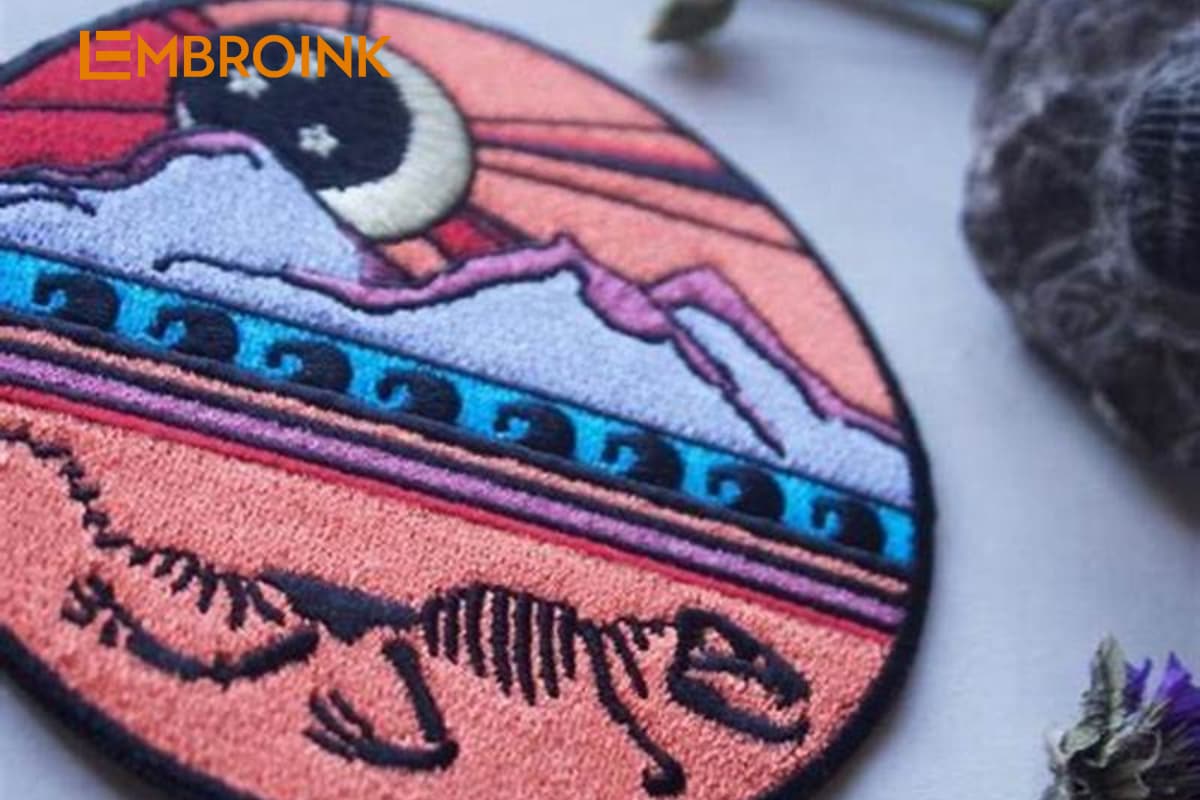
From Military to Fashion
The evolution of embroidered patches from military insignia to fashion statements is a testament to their versatility and cultural significance. Today, embroidered patches are not just symbols of rank or affiliation but are also prominent elements in fashion, representing style, rebellion, and individuality across various subcultures and mainstream fashion trends.
Embroidered Patches in Fashion
Embroidered patches became an integral part of contemporary fashion after World War II, evolving into symbols of style, rebellion, and individuality. Their journey from the 1970s to the 2000s highlights their dynamic role in fashion.
The Seventies: Rebellion and DIY Culture
The 1970s saw the rise of the hippie movement, where fashion became an expression of rebellion against the conventional norms of tailored suits and long dresses. This era was also marked by the influence of rock ‘n’ roll bands, whose members popularized embroidered patches, particularly on leather jackets. These patches quickly became symbols of rebellion, solidarity, and identity.
The decade also birthed the DIY (Do It Yourself) culture, with young people customizing their jackets and jeans with patches that represented their political beliefs, favorite bands, and personal statements. Embroidered patches became a powerful medium for expressing individuality and defiance against societal norms.
The Eighties: Pop Culture and Anti-Fashion
The 1980s introduced a new wave of pop culture, punk rock, and metal bands, characterized by themes of anarchy and rebellion. This era also marked the height of anti-fashion, where the polished aesthetic was rejected in favor of a more raw and rebellious look.
Street punks prominently displayed embroidered patches on leather jackets and distressed denim vests, signaling their allegiance to bands and gangs. Despite their rebellious connotations, patches began to infiltrate mainstream fashion, with designers incorporating them into collections that exuded luxury with an edge of defiance.
The Nineties: Vintage Revival and Urban Influence
In the 1990s, embroidered patches enjoyed a resurgence as vintage fashion became popular. This period also saw the rise of streetwear and sportswear, where patches served as badges representing different brands and teams. The advent of technological advancements, particularly computerized embroidery machines, allowed for more complex and intricate patch designs, integrating them seamlessly into urban culture.
The introduction of 3D puff embroidery added depth and texture to patches, making them even more eye-catching. Iron-on and heat-activated adhesive backings simplified the application process, making patches more accessible to a broader audience.
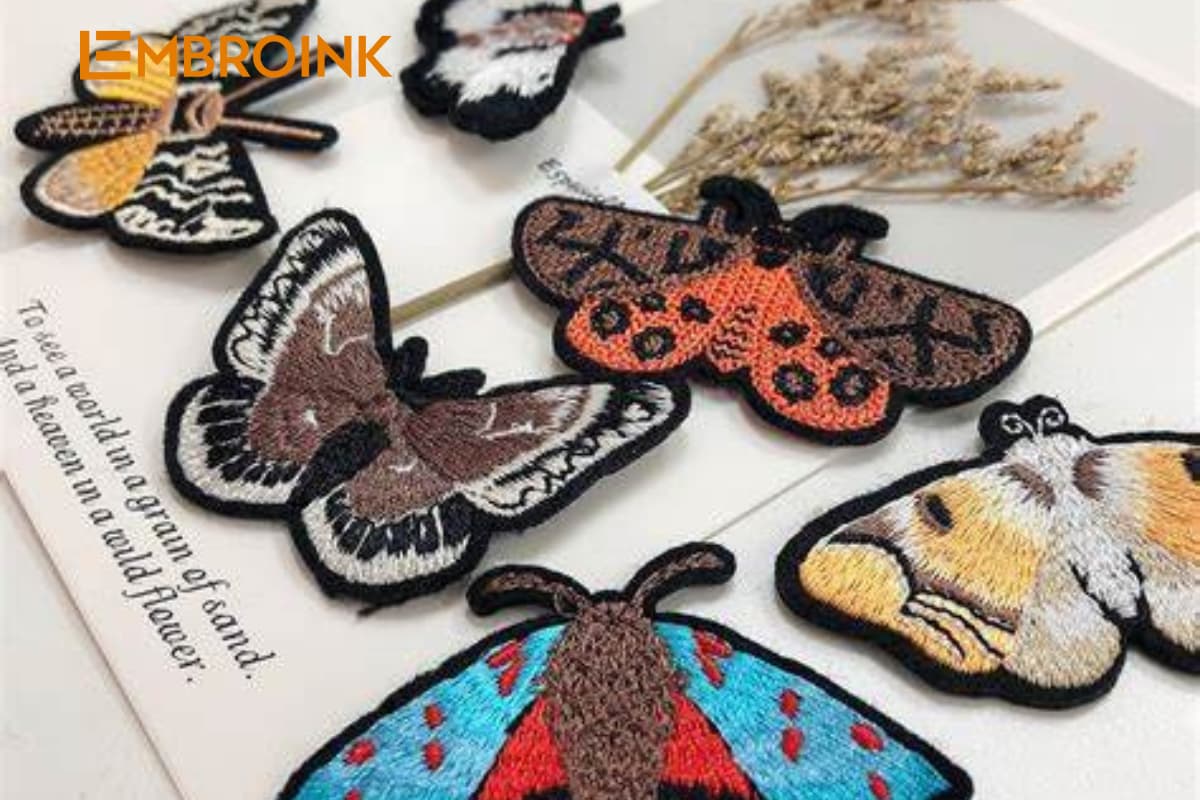
The 2000s: Fashion Renaissance and High-End Integration
The 2000s marked a renaissance in fashion, with embroidered patches continuing to hold a significant place in modern style. While the rebellious spirit of the 1970s gave way to more refined expressions, patches remained central to fashion, particularly in streetwear and urban culture. They were used to convey everything from a vintage aesthetic to a luxurious touch.
High-end designers like Dior, Gucci, and Louis Vuitton embraced embroidered patches, incorporating them into their collections as symbols of style and individuality. These patches adorned everything from jeans and jackets to luxury bags and shoes, showcasing their versatility and timeless appeal.
In the modern era, embroidered patches have become a canvas for artistic expression, blending tradition with contemporary fashion to create statements that resonate across generations.
Why Are Custom Embroidered Patches So Popular?
The enduring appeal of custom embroidered patches in fashion, from the late sixties to today, lies in their remarkable ability to adapt and express the unique fashion tastes, affiliations, beliefs, and identities of each era.
One of the key reasons custom embroidered patches remain relevant is their versatility. They allow individuals to explore and express their personal style while staying in tune with current fashion trends. With the freedom to choose the image, color, size, and shape, custom patches offer a highly personalized way to resonate with a design that reflects one’s identity.
Affordability is another significant factor contributing to their popularity. Custom embroidered patches provide a cost-effective way to add a personal artistic touch to clothing and accessories. This accessibility makes it easy for anyone to express their creativity through fashion without breaking the bank.
For fashion brands, custom embroidered patches offer the advantage of creating distinctive pieces that stand out in a crowded market. Despite being affordable to produce, these patches can dramatically enhance the perceived value of a garment, making them a powerful tool for brand differentiation and adding a unique flair to collections.
The history of embroidered patches demonstrates their remarkable resilience and adaptability to the ever-changing fashion landscape over the decades. They have remained a timeless staple in our wardrobes, consistently evolving to meet the demands of each era. With the continuous advancements in technology, embroidered patches are poised to maintain their relevance and even reach new heights in the future. It’s never too late to start exploring your creativity with this versatile and enduring fashion element.

